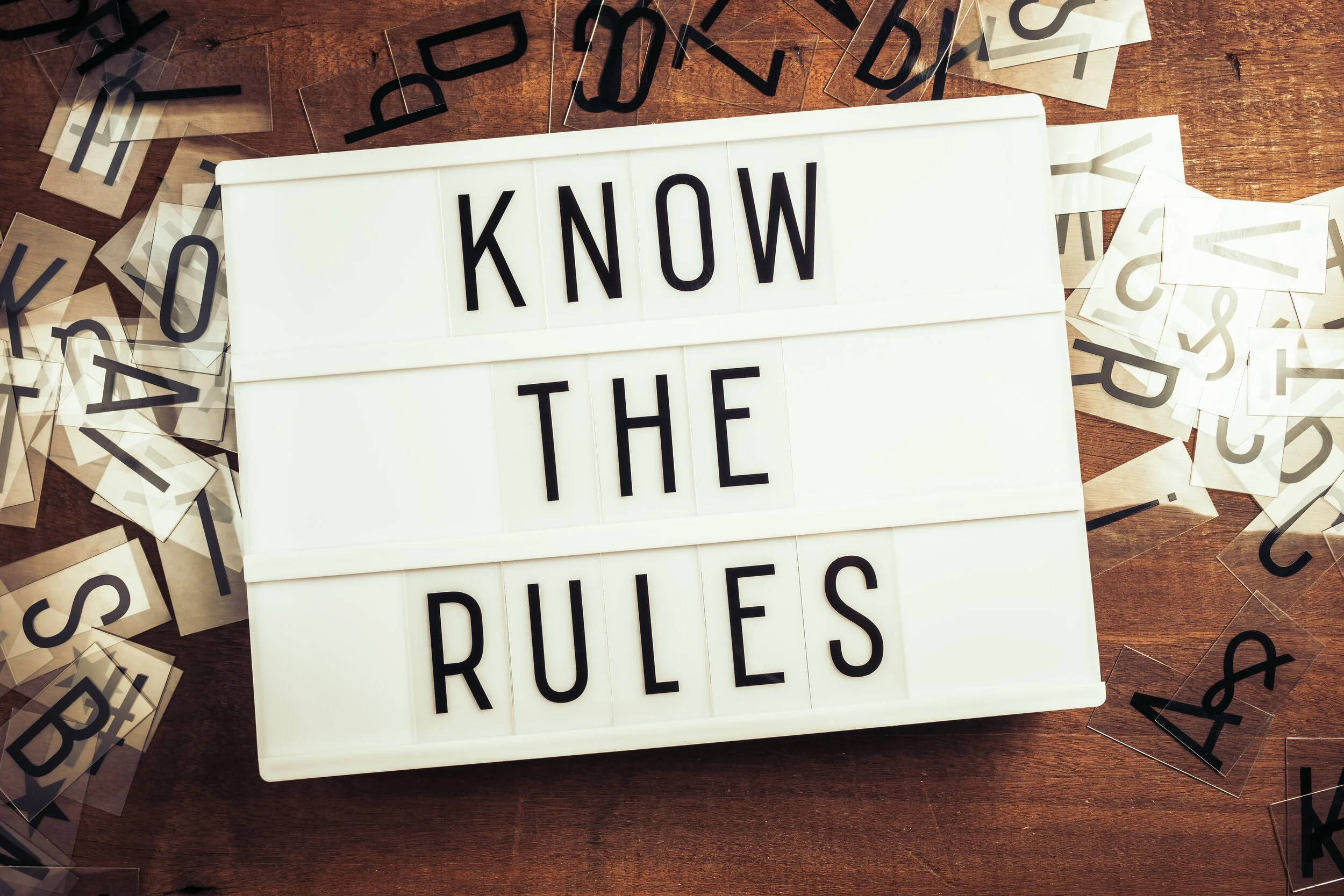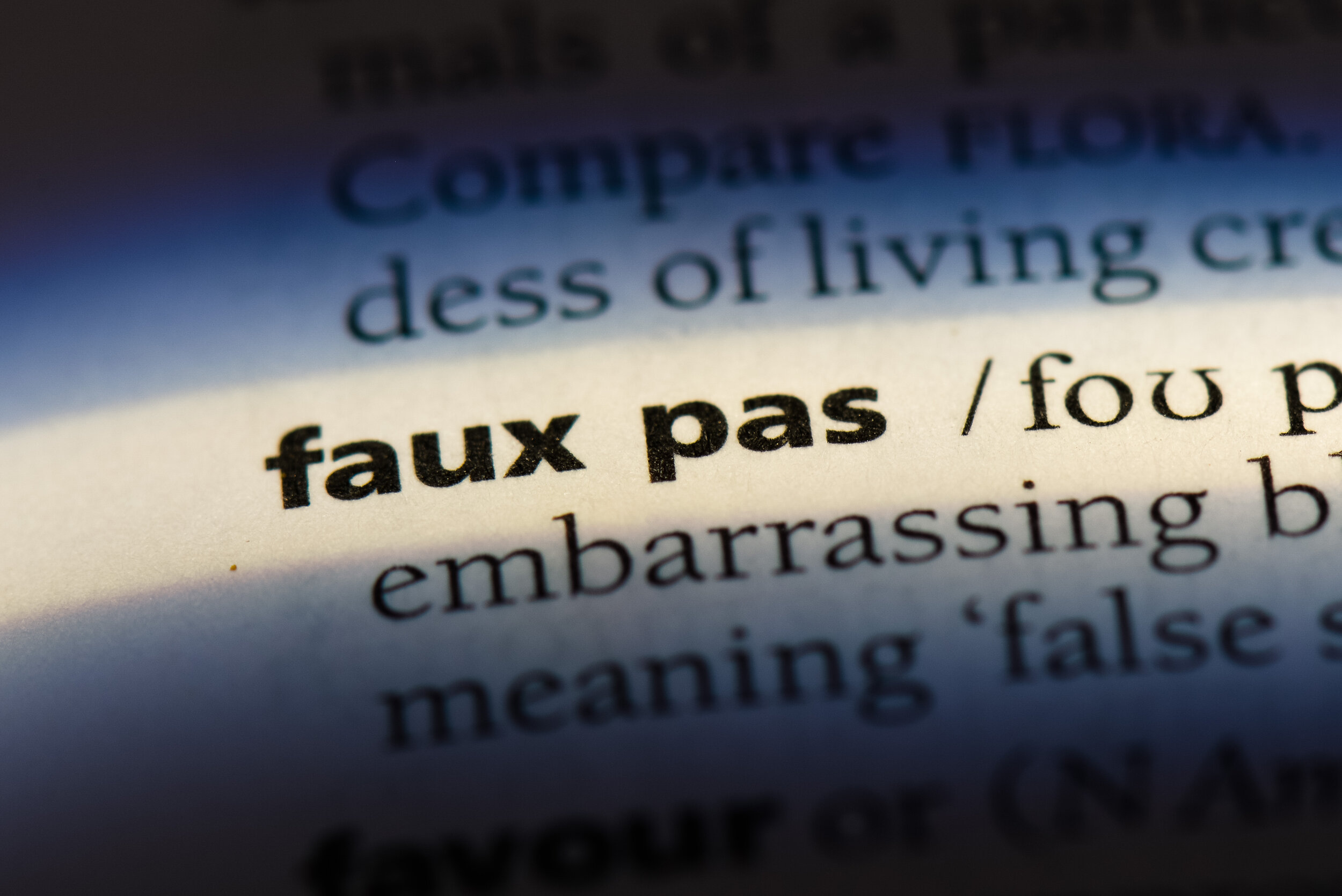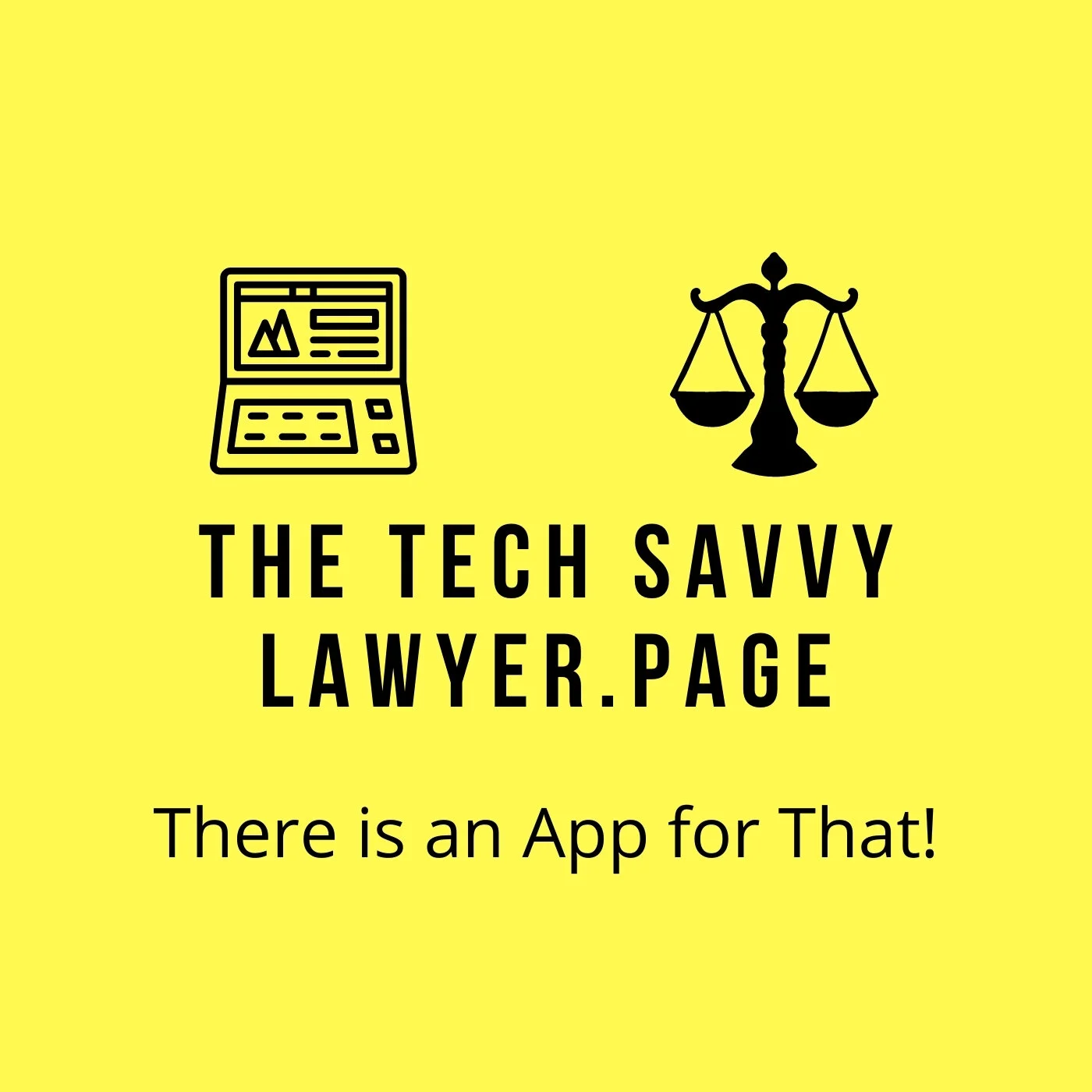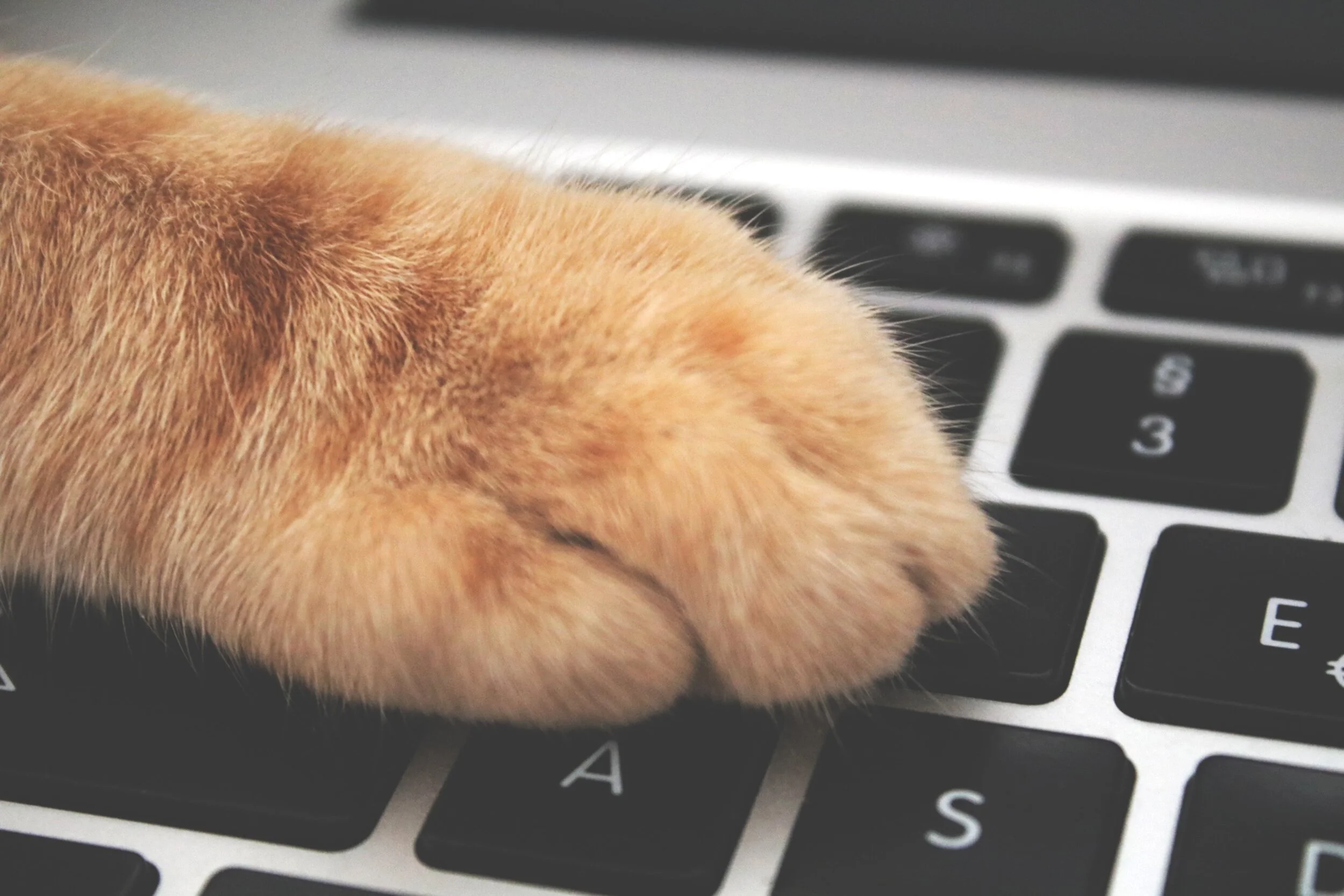Recently, Sam Blum at Lifehacker wrote an interesting article about “Zoom fatigue.” It’s real, and it affects all who use any video conferencing platform, not just Zoom. But isn’t this offset by the benefits we get from working from home?
“Zoom fatigue” is “… caused by needing to feel perpetually switched on as you jump between browser windows for various online meetings.” It’s caused by intense eye contact and watching yourself on video, less mobility because you are stuck in a chair in your home office, and the difficulty of interpreting your colleague’s non-verbal cues from a video screen. How is that any different than what happens when we had to “physically” go to work?
In either environment, you will have the same concerns as Sam talks about when you are in a video conference setting. Sure, you have to remain in eye contact at any meeting, but if you are not speaking in a physical or virtual setting, eye contact is not that essential. And at least at home, you can turn off your camera when you are not the one in the spotlight. Plus, let us not forget that we are more likely to be better relaxed at these meetings because we are better rested! We don’t have to get up as early to get ready for work, travel to work, and set up at work to go to a meeting. We can sleep in a little, not feel the rush to get on the road to work, and be comfortable in our own home!
If you are going to be self-conscious about yourself, you will be self-conscious whether you are in person and on video. It is a personal issue that you are going to have to work on either way. As for the mobility issue, use the extra time you save by working from home by exercising at home – go for a walk, do some pushups or invest in some home gym equipment (FYI: I do all three!). Lastly, communication can be the key to success. If you feel something is off because of a nonverbal cue you are getting from your audience – follow up and ask! It can be done both in person or on a video call. You can even use the phone!
MTC!


















